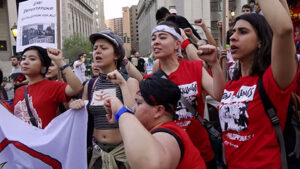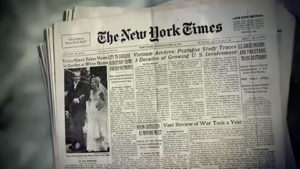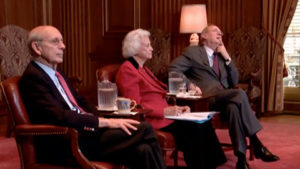This lesson will encourage students to investigate Supreme Court cases in conjunction with the Annenberg Classroom video “First Amendment: Student Freedom of Speech” to evaluate the decisions handed down by the Court in the effort to find the balance between a school’s need for order and a student’s right to expression. Students will explore five Supreme Court cases with the purpose of determining if the Court’s decisions helped or hindered defining “protected speech” for students in public school environments.



